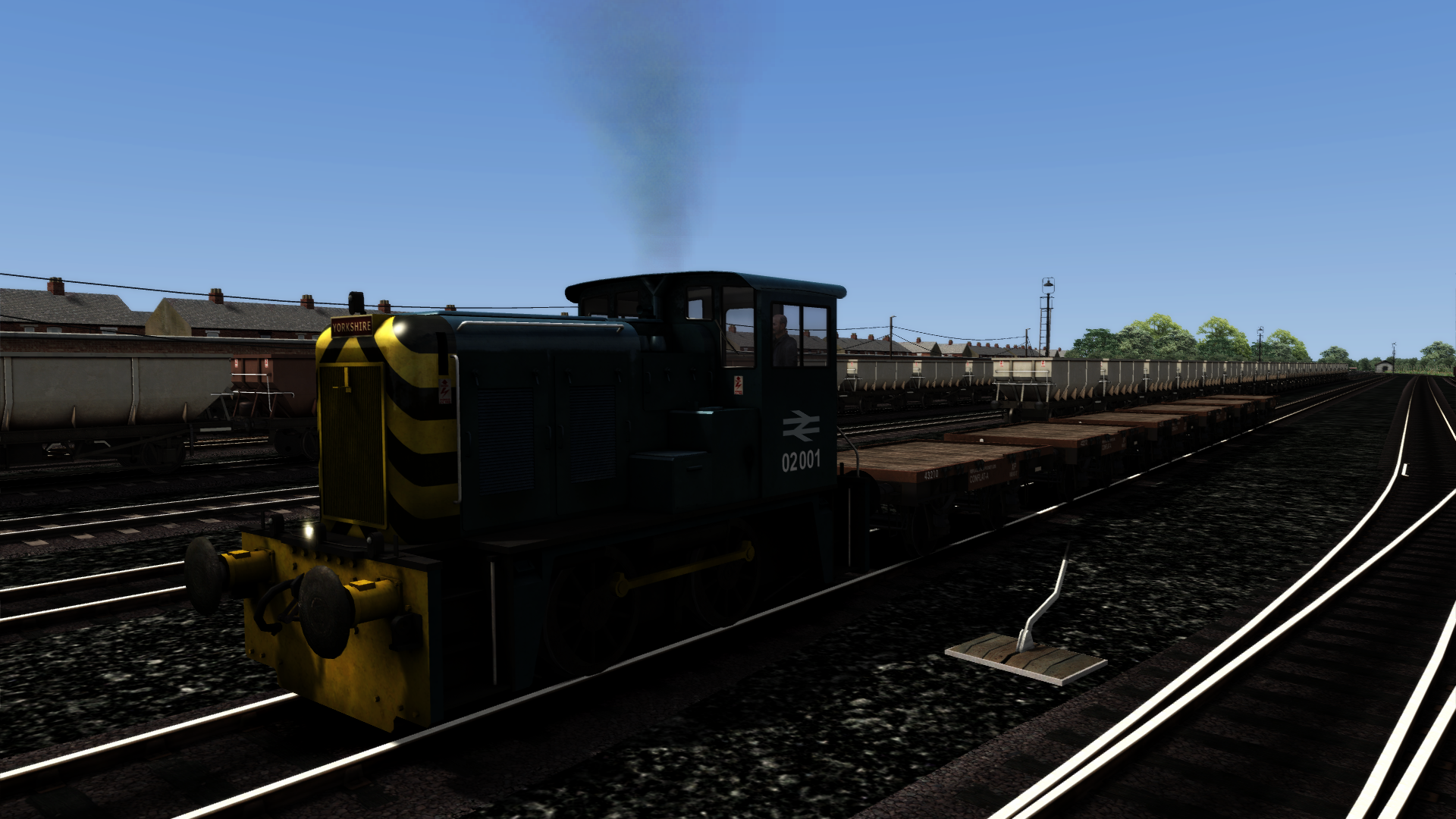
However, amphisbaenian and dibamid vertebrae differ from Xiaophis as follows: (i) complete absence of zygosphenes and zygantra (see discussion below) (ii) dorsolaterally oriented pre- and postzygapophyseal articulations (horizontal in rhineurids) (iii) fusion of diapophyses-parapophyses forming short, circular synapophyses rather than sinuous, complex articulations (iv) prezygapophyses not connected to synapophyses (v) ventrally flattened rather than keeled centra (vi) subparallel rather than posteriorly converging lateral margins of centra and (vii) neural spines absent or low (cf. The 87 observed, and ~160 inferred, precloacal vertebrae exceed counts in all elongate squamates apart from amphisbaenians and dibamids (for example, 55 precloacal vertebrae in the legless anguid Pseudopus apodus and 72 in the acontine skink Acontias meleagris) ( 20). Xiaophis can be identified as a snake based on the following features.
#Tiny rails wiki deposit series#
Sagittal sections through precloacal vertebral series of ( C) C. myanmarensis at level of zygosphene tectum, anterolateral view. ruffus, anterolateral view (note the incipient formation of zygosphenial joint as small nubs on neural arch lamina facing into small facets of posterior arch portion of more anterior vertebra in partial section) and ( B) X. Type locality/horizonĬross-sectional views through precloacal vertebrae of ( A) C. ac, accessory process cn, condyle ct, cotyle hk, haemal keel h-sp, haemal spine na-g, neural arch groove ns-ep, neural spine epiphyseal pit sf, subcentral formina zyg?, incipient zygantrum zys?, incipient zygosphene. (L to Q) CT renderings of isolated precloacal vertebrae of neonate C. myanmarensis (DIP-S-0907) in dorsal view (G), left lateral view (H), ventral view (I), anterior view (J), and posterior view (K). (G to K) CT renderings of isolated precloacal vertebrae of X. (F) CT image of the right lateral view of caudal vertebrae showing the articulating haemal spine. (E) CT image of the left lateral view showing the articulating haemal spine. (D) CT image of the ventral view of mid-precloacal vertebrae, anterior to left. (C) CT image of left lateral view of mid-precloacal vertebrae, anterior to left. (A) Light photograph of the dorsal view of mid-precloacal vertebrae, anterior to left. (A) CT image of dorsal view of mid-precloacal vertebrae, anterior to left. And finally, the articulated postcranial skeleton provides unprecedented data on the early ontogeny of snakes during the later part of their Mesozoic radiation.

The new fossil snake materials also indicate a greater ecological diversity and global distribution of Late Mesozoic snakes, and more specifically, Cretaceous snakes, than was previously understood. In addition, as with the other amber fossils from Myanmar, they are part of the fauna and flora from an indisputably forested environment ( 13– 19), thriving in an island arc system sourced from Austral Gondwana that became a part of the eastern margin of Laurasia. The new snake fossils are exceptional as one of them is clearly an embryo/neonate, while the second appears to preserve dark and light patterns in the squamation. These new snake remains add a significant biological component to an already diverse fauna of rare, small-bodied vertebrate fossils from the amber deposits of northeastern Myanmar ( 13, 14), which includes the remains of lizards, neonate birds, and neonate nonavian dinosaurs ( 15– 19). We also describe a second amber specimen containing a large fragment of integument, possibly a piece of shed skin, considered here to be a snake and from a much larger animal.


A skull is not preserved, but the postcranium shows important similarities to other Cretaceous Gondwanan snakes, for example, Najash rionegrina and Dinilysia patagonica ( 6– 8). We report here on the first known fossilized remains of an embryonic/neonate snake, including preserved integument, from Lower Cenomanian (98.8 ± 0.6 Ma ago) ( 12) amber from Myanmar. By the early Late Cretaceous, snakes had achieved their initial global distribution with skeletal remains known from Africa ( 1), North America ( 2), the Middle East ( 3– 5), South America ( 6– 10), and Southern Europe ( 11), all comprising skeletally mature specimens occurring in marine and/or fluvial sediments.


 0 kommentar(er)
0 kommentar(er)
